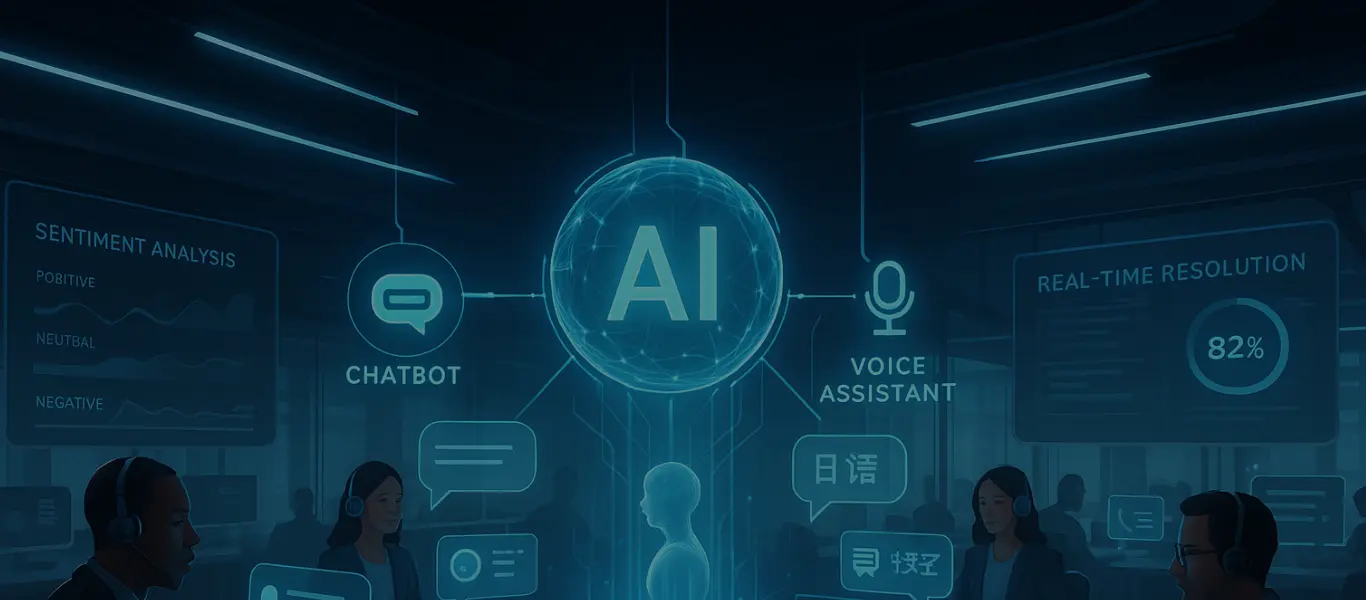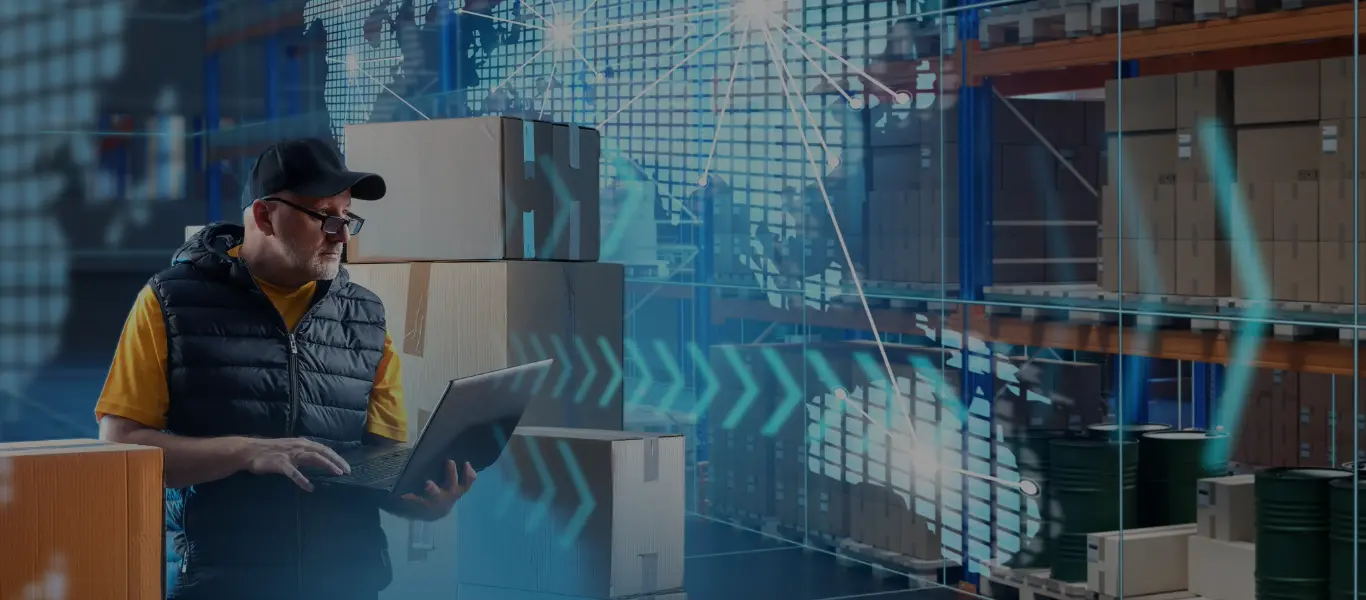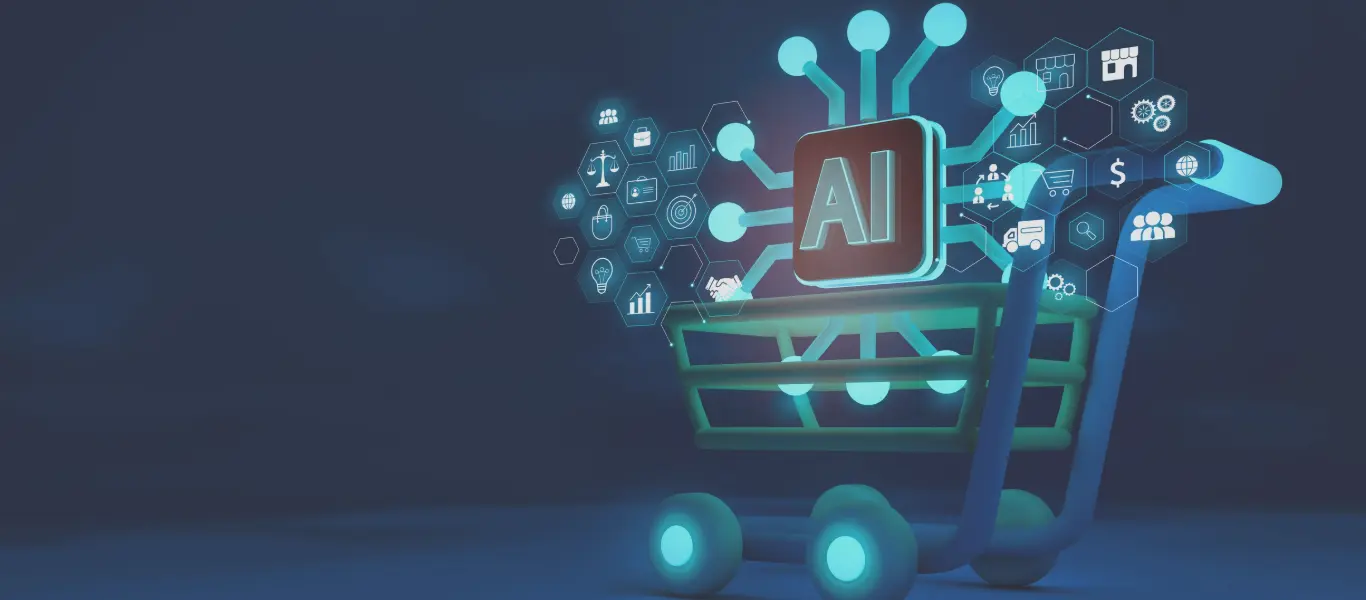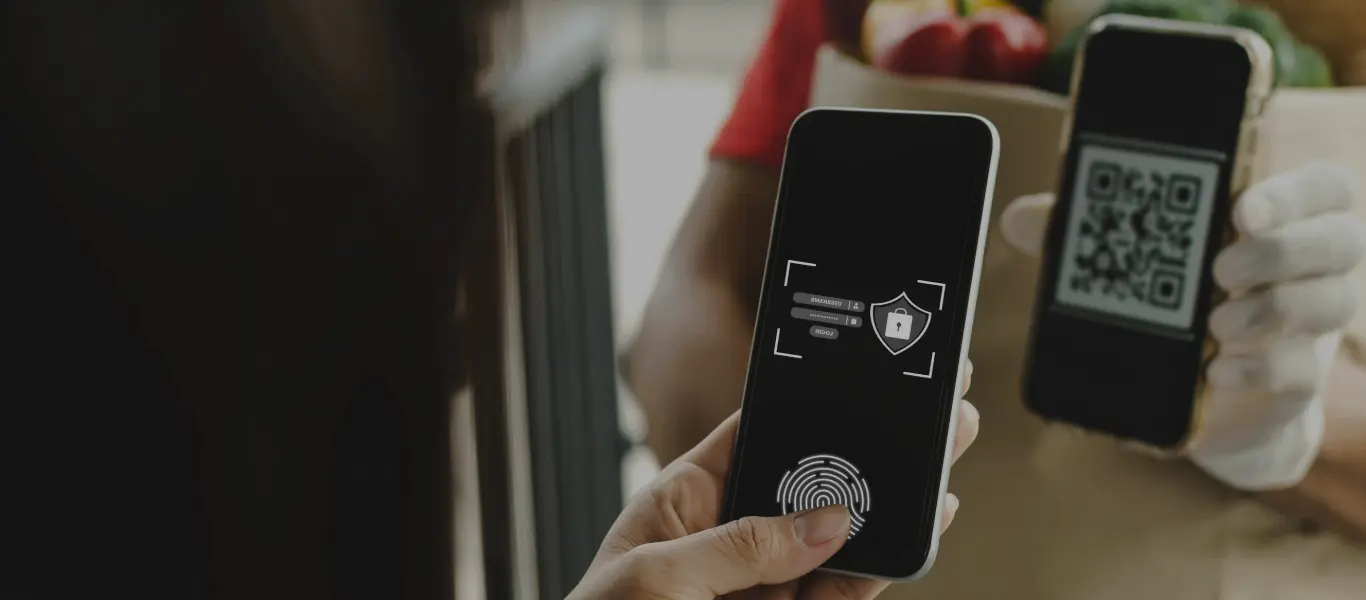To be a successful retailer, it is crucial to deliver seamless experiences across stores and online. Various factors influence the in-store experience, service quality, speed, and check-out processes are some of the most significant ones. In addition to facilitating efficient service and streamlined check-outs, an optimized Point of Sale (POS) system plays a pivotal role in ensuring smooth retail operations and driving growth.
Selecting a suitable POS system is a significant decision, but implementing a Point of Sale (POS) system successfully is of utmost importance. However, the journey toward a successful POS implementation is not without its fair share of technical challenges. From integration and legal requirements to hardware configurations and performance testing, retailers must navigate various obstacles to ensure seamless performance and optimal functionality.
This blog post will explore the six primary technical challenges that retailers frequently face when implementing a Point of Sale (POS) system. These challenges have been identified based on our extensive experience at SkillNet, where we have successfully executed numerous POS implementations for our retail clients. By understanding these challenges and their underlying complexities, retailers, and implementers can proactively address them, make informed decisions, and ultimately pave the way for a smooth and successful implementation process. By gaining insights into these challenges and adopting best practices, retailers can navigate the intricacies of POS implementation and maximize the potential of their new system.
All the challenges are equally important and each of them carries equal weightage for successful implementation. The first technical challenge that we will discuss is Integration.
1. Integration
Overcoming the complexities of integrating various retail systems
Implementing and upgrading integrations play a vital role in any implementation or support process. Core integrations, such as payments, fiscal integrations, and omnichannel order flows, directly impact revenue generation.
Payment integrations should support a wide range of payment options, including credit/debit cards, gift cards, wallet payments, pay-by links, private label cards, and credit balance integrations. The factors to consider include payment providers, supported functionalities, certifications in specific regions, and data privacy regulations. It is also important to consider masking certain sensitive information card numbers in the databases, receipts, reports, and transaction logs.
For fiscal integrations, it is preferable to have implementers with experience in specific regions and knowledge of relevant laws and regulations. Generating fiscal documents for all transaction types and ensuring compliance with legal requirements is highly recommended. Choices may include fiscal printer integrations, government-provided authorizers, or fiscal integration vendors operating in specific regions. Flat file generation and operational upload might also be necessary.
Designing and implementing an omnichannel system requires careful planning. It involves defining order journeys, collaborating with business subject matter experts and product specialists, and avoiding future surprises. Designing end-to-end order flows, including generation, sourcing, fulfillment, pickups, shipments, invoicing, returns, and cancellations, is crucial. Considerations should include cancellation points in the reservation journey, order status management, challenges in combining orders for shipments, and complexities arising from marketplace integrations and consignment sales. Greenfield integrations provide an opportunity to make strategic design choices, such as utilizing cloud-based middleware and optimizing routing, database updates, and notifications, which can significantly impact revenue but require careful decision-making.
By addressing these considerations and making informed design choices, implementers can achieve successful integration during POS implementation.
The second technical challenge is addressing legal requirements.
2. Understanding and Implementing Legal Requirements
Navigating the intricacies of laws and regulations
Operating in a multi-country setup brings forth the challenge of understanding and implementing the legal requirements specific to each jurisdiction. While businesses can rely on local legal experts for insights into the laws and regulations, there are inherent complexities in fully grasping the nuances and practical implications, particularly with the ever-evolving legislative landscape. In this context, project teams must strive to develop a comprehensive understanding of the laws and regulations and align them with the functionalities provided by the POS Application. This understanding not only facilitates effective operational execution but also ensures strict compliance with the legal framework.
To tackle this challenge, businesses should actively engage with local legal experts who possess in-depth knowledge of the laws and regulations governing each country of operation. These experts can provide valuable insights and guidance on how to interpret and implement the legal requirements in a manner that aligns with the functionalities of the POS Application. By collaborating closely with the legal team, project teams can gain a clear understanding of the legal landscape and any legislative updates that may impact the implementation process.
A key aspect of understanding and implementing legal requirements is to ensure that the functionalities of the POS application comply with the laws and regulations of each respective country. Project teams should conduct a thorough analysis of the application’s capabilities and compare them against the legal requirements. This analysis allows for the identification of any gaps or areas that require customization or configuration to meet the specific legal mandates. By addressing these gaps early on, businesses can minimize the risk of non-compliance and ensure seamless integration of the application within the legal framework.
Effective communication and collaboration between the project teams, legal experts, and product consultants are essential for a successful implementation. Regular meetings, workshops, and knowledge-sharing sessions should be conducted to foster a shared understanding of the legal requirements and their implications. This collaboration ensures that the implementation process is not only technically sound but also legally compliant.
By prioritizing a thorough understanding of the legal landscape and leveraging the expertise of legal professionals, businesses can navigate the complexities of multi-country operations and implement the POS application in a manner that adheres to the legal requirements of each jurisdiction. This approach promotes operational excellence, mitigates legal risks, and instills confidence in the compliance framework of the business.
The third technical challenge is addressing business requirements effectively.
3. Implementation of Business-Specific Requirements / Extensions
Addressing unique business needs effectively
In situations where base features or operational workarounds fall short in meeting specific business requirements or when manual processes need to be streamlined, implementers often turn to extensions as a solution. However, incorporating extensions into a product comes with its own set of challenges. Consultants must exercise caution and thoroughly evaluate the impact of these extensions on all modules. Even seemingly minor changes, like adding a tax code field to the customer maintenance screen, require careful consideration of how it affects a multi-country setup, sourcing and updating the field, its appearance on invoices and legal documents, and integration with fiscal systems. The constrained timelines of projects make such analysis difficult, introducing risks associated with extensions. It is crucial to keep extensions minimal to minimize code refactoring for future upgrades and ensure ongoing support for the extended functionality. Requesting unsupported features in certified country packs can jeopardize recertification and pose challenges in managing business expectations.
To overcome these challenges, a modular approach is highly recommended for implementing extensions. This approach involves designing extensions to be independent and separated from other modules to the greatest extent possible. By adopting this design principle, the management of extensions becomes easier, allowing for seamless enablement, disabling, updating, maintenance, and troubleshooting. The separation of extensions from core modules enhances efficiency and effectiveness in their management. It enables flexibility in working with extensions, minimizing potential issues that may arise.
When implementing extensions, it is essential to strike a balance between fulfilling business-specific requirements and maintaining system integrity. Consultants should carefully assess the impact of each extension on the overall system, taking into account potential compatibility issues and long-term maintenance considerations. They should collaborate closely with the project team and stakeholders to ensure that extensions align with the business goals and objectives.
Furthermore, adopting a disciplined approach to extension management ensures long-term sustainability and adaptability. It is recommended to establish a comprehensive documentation process that captures the purpose, functionality, and interdependencies of each extension. Regular reviews and audits of extensions should be conducted to identify any redundancies or conflicts and make informed decisions regarding their retention or removal.
By approaching business-specific requirements with a mindful evaluation of extensions and implementing them in a modular manner, businesses can achieve a better balance between customization and system stability. This approach promotes agility, minimizes potential risks, and facilitates efficient management of extended functionalities, resulting in a more robust and adaptable implementation.
4. Hardware Integration
Seamlessly integrating and configuring POS hardware devices
One of the key challenges businesses face is hardware integration. This process involves several crucial steps, starting with creating a comprehensive list of the existing hardware, including make and models, driver versions, and upgrade history. This information is vital in determining whether to continue using the same hardware or explore alternative options. The process of checking hardware compliance and integrating it with the application can be time-consuming, taking anywhere from several days to weeks. To ensure successful integration, the technical team must thoroughly review hardware guides to understand the technical specifications and capabilities.
Collaboration between the technical team and the business is essential. The business needs to provide a comprehensive list of various devices, including scanners, barcodes, printers, Pin Entry Devices (PEDs), test cards, dual displays, and RFID scanners. Each device has unique requirements and considerations that need to be taken into account during the integration process.
Several factors must be considered when integrating hardware. For example, configuring scanners to support different types of barcodes and QR codes is necessary. PED devices should be capable of accommodating various forms of wallet payments, consents, and option selections. Printer configurations, especially for fiscal printers handling transactions, sales, taxes, and reconciliations, require careful attention. The implementer should address printer reset and swapping, as well as update hardware entries in the database to support future application upgrades. Implementing dual displays to facilitate customer inputs, validations, and data persistence is important. Integration of network-connected devices is crucial for smooth operations, and the implementer may suggest PED and printer pooling options to enhance efficiency. Additionally, RFID configurations should be considered to accommodate different manufacturer barcodes, enabling seamless integration for inventory operations such as shipments, receipts, stock counts, order reservations, and shipment functionality using quick RFID scanners.
To ensure a seamless integration process without any gaps, it is recommended to acquire the necessary devices locally for the technical team. However, there may be challenges associated with shipping devices across internal borders. In such cases, an alternative approach is to opt for nearby models that may not be an exact match but offer similar specifications and are readily available. This approach allows for the integration process to proceed smoothly despite any shipping constraints.
By carefully managing hardware integrations, businesses can ensure their systems operate seamlessly, enabling efficient operations and providing an enhanced experience for both customers and employees.
5. QA Automation and Performance Testing
Streamlining quality assurance processes and optimizing performance
In the dynamic landscape of multi-country, multi-format setups, businesses frequently encounter regulatory or regional updates that demand swift implementation. However, investing significant time and effort in multiple regression and defect-fixing cycles for iterative builds can be daunting. To address this challenge and save time, businesses often turn to the automation of QA processes. Nevertheless, automating the entire set of test cases poses its own challenges. Typically, project teams carefully plan and review a set of use cases before proceeding to write and execute automation scripts accordingly. However, the maintenance of these automation scripts for future application extensions can be complex, requiring updates, reruns, and verification for any issues. Despite these challenges, continuous investment in QA automation can lead to significant savings in building regression cycles.
The speed and efficiency of crucial processes such as transaction retrievals, order retrievals, customer retrievals, updates, web service calls, and overall transaction turnaround time have a direct impact on customer and user experience. Moreover, they can exert pressure on system infrastructure, resulting in operational bottlenecks. Ideally, project teams aim to test real-time use cases under similar load conditions. However, concerns arise when it comes to sharing existing customer, order, or transaction data for testing purposes. To address this, implementers often obtain actual data backups and anonymize them by masking sensitive information, such as phone numbers, emails, names, addresses, and order IDs. This approach allows for realistic testing while upholding data privacy and security.
By streamlining QA automation and performance testing, businesses can effectively address regulatory or regional updates, optimize testing processes, and enhance overall system performance. Automated QA processes enable quicker and more efficient testing, reducing the time and effort required for iterative builds. Meanwhile, performance testing with realistic scenarios helps identify potential bottlenecks and ensures optimal system performance under varying loads. Together, these measures contribute to a smoother and more reliable user experience.
The last challenge we will cover is transition.
6. Streamlining Transitions for Upgrades and Updates
Implementers often encounter the challenge of ensuring a seamless transition when performing upgrades or updates to a product or application. The existing Business As Usual (BAU) teams rely on a smooth transition to effectively manage any immediate issues, as it directly affects the hyper-care support provided during incidents. To facilitate this transition and promote operational continuity, several best practices can be followed.
Firstly, it is recommended to share essential documentation, such as design documents and the latest patch release instructions, with the BAU teams. These documents provide crucial insights into the changes and updates made to the system, enabling the teams to familiarize themselves with the new features and functionalities. Additionally, sharing relevant data files and important business decisions helps the BAU teams align their processes and workflows with the updated system.
Furthermore, conducting multiple sessions with the BAU teams is highly beneficial. These sessions can be recorded for future reference and serve as a knowledge-sharing platform for both the implementers and the BAU teams. The sessions should cover various aspects of the transition, including system changes, updated workflows, and potential challenges. By fostering open communication and collaboration, the sessions ensure a comprehensive understanding of the transition process and provide an opportunity to address any concerns or questions.
By implementing these best practices, implementers can facilitate a successful transition process during upgrades or updates. Sharing relevant documentation, conducting informative sessions, and promoting effective communication with the BAU teams contribute to a smoother transition, enabling the teams to effectively handle immediate issues and provide uninterrupted support during the hyper-care phase.
Now that we have reviewed the core technical challenges in POS implementation, there is one important aspect of POS implementation that is vital and also needs to be discussed along with the technical challenges – understanding the business and retail processes.
Understanding Business and Retail Processes
While the technical and domain teams (both internal & System Integration partner) may come with a lot of industry knowledge, each organization is different and to design the best solution the technical teams have to learn more about the business through discovery sessions, where implementers strive to gather extensive information even before diving into product demos. Through discovery questionnaires, store visits, and warehouse inspections, implementers inquire about existing operational and systematic challenges, delving into their root causes.
For instance, frequent system offline incidents may not stem from system issues alone but could be attributed to network problems. However, errors in prompts, incorrect process flows, inadequate access controls, or inefficient systems resulting in operational burdens are all classified as systematic issues.
By comprehensively understanding their functionalities, challenges, and operations, implementers can provide valuable insights and offer the right perspective during demos. The more thorough the discovery process, the greater the value implementers can add to the demos and elaborations.
For over two decades, SkillNet has been a trusted partner for leading retailers, specializing in POS solutions and integration. With a proven track record, we have supported more than 100 clients in their POS implementation and modernization initiatives. As a strategic collaborator, we work closely with industry-leading POS vendors like Oracle Retail to deliver exceptional omnichannel experiences for retailers worldwide.














